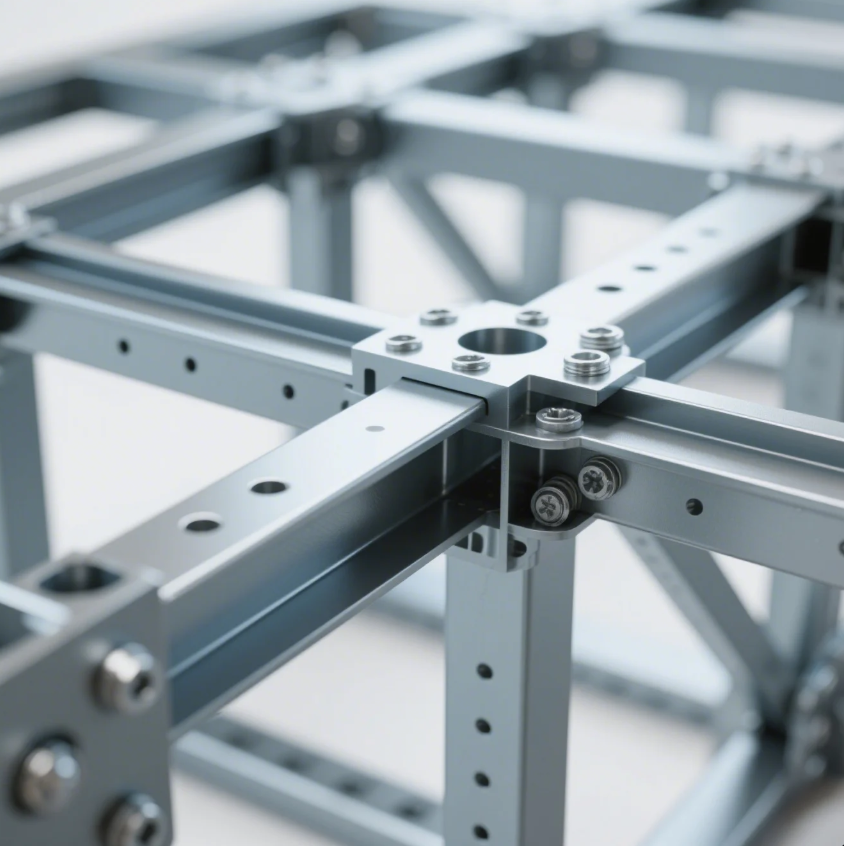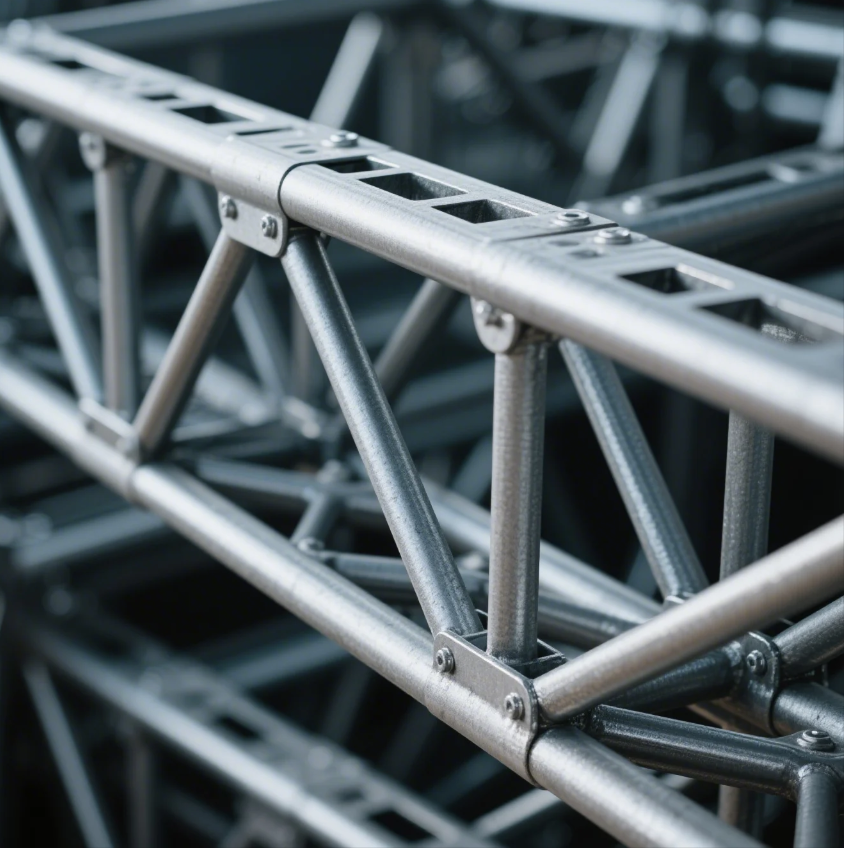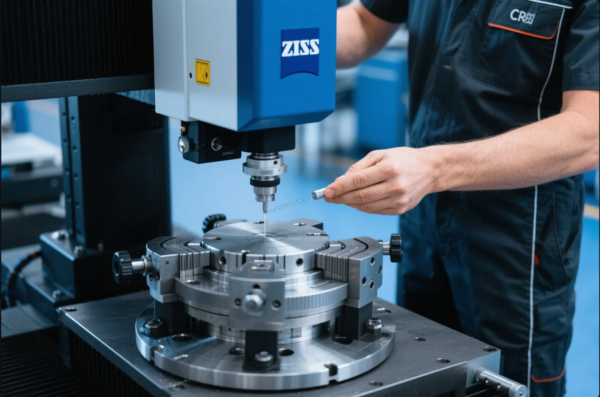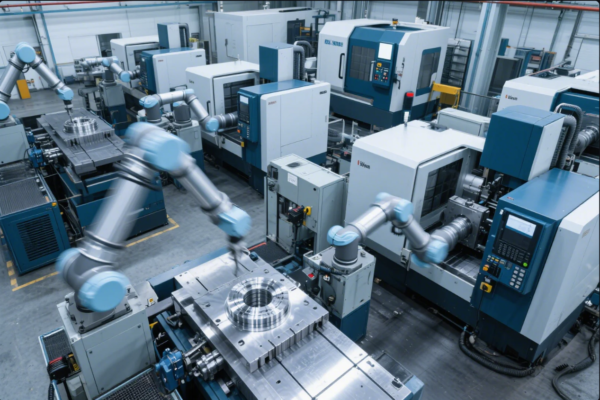What is a monolithic organization?

A monolithic organization refers to a type of organizational structure where there is a high level of centralization, typically with a unified, singular approach to decision-making and management. This structure is more rigid and hierarchical, with clear roles and responsibilities flowing from the top down.
Snippet paragraph: A monolithic organization is centralized with a singular, hierarchical structure, focusing on unified decision-making and control.
Let’s explore the concept of a monolithic organization and understand how it operates in practice.
What is an example of a monolithic organization?
One example of a monolithic organization is Apple Inc. in its earlier years. While the company has evolved over time, Apple was initially known for its highly centralized structure, with decisions often coming directly from top executives like Steve Jobs. This centralized approach ensured that the company’s vision, branding, and product design were consistent across all departments, aligning with the company’s values and goals.
Snippet paragraph: Apple, especially in its earlier years, is an example of a monolithic organization with centralized decision-making and unified control.

Dive-Deeper paragraph:
In a monolithic organization, all major decisions, whether related to product design, marketing, or business strategy, are typically made by top executives or a central governing body. This approach helps maintain consistency across the entire organization, as all departments work towards the same goals and follow the same strategy. However, it also limits flexibility, as lower-level managers and employees have little autonomy in making decisions.
For Apple, this centralized control allowed for a strong, unified brand identity and high-quality, consistent products. However, as the company grew, it faced challenges with scalability and the need for faster decision-making across diverse markets. As a result, Apple began decentralizing certain aspects of its operations, though it still maintains many centralized decision-making elements.
Features of a Monolithic Organization:
| Feature | Description |
|---|---|
| Centralized Authority | Most decisions are made at the top level of the organization |
| Consistent Strategy | All departments work towards the same organizational goals |
| Limited Flexibility | Employees have less autonomy and decision-making power |
Monolithic organizations may be effective for small to mid-sized companies where consistency is crucial, but they can become less efficient as they scale.
What is a monolithic organizational structure?
A monolithic organizational structure is one where all decision-making is concentrated at the top levels of management. This structure is hierarchical and relies on a singular, unified approach to governance, rather than decentralized decision-making or autonomy for individual departments. The structure typically involves a strong central authority that dictates the strategy, goals, and priorities of the entire organization.
Snippet paragraph: A monolithic organizational structure centralizes decision-making, with top management overseeing all major functions and ensuring alignment across the company.

Dive-Deeper paragraph:
In a monolithic structure, authority flows from the top down, with each level of management reporting to higher levels of authority. This structure is often seen in traditional, large companies where management controls the organization’s strategy, operations, and overall direction. The benefits of a monolithic structure include a clear chain of command, consistent execution of the company’s strategy, and strong leadership at the top.
However, there are drawbacks to this structure. The lack of decision-making autonomy at lower levels can stifle creativity and innovation. Furthermore, a monolithic structure can become bureaucratic, with slower decision-making processes as more levels of management are involved in the approval of ideas or changes.
Advantages and Disadvantages of a Monolithic Structure:
| Advantages | Disadvantages |
|---|---|
| Clear authority | Limited decision-making at lower levels |
| Consistent execution | Slower decision-making and adaptability |
| Strong leadership | Potential for a lack of creativity or innovation |
A monolithic organizational structure is best suited for companies that require strict consistency and control, but it can hinder flexibility and responsiveness in fast-moving industries.
What is a monolithic company?
A monolithic company refers to a business or organization that operates under a centralized structure, with a unified approach to decision-making and operations. The company has a single, dominant vision and leadership, and all parts of the business follow the same core strategies and goals. Monolithic companies tend to have rigid hierarchies and strict top-down management, with little room for autonomy or independence among employees or departments.
Snippet paragraph: A monolithic company is one that operates with a unified vision and centralized decision-making, with all departments working under the same strategy.

Dive-Deeper paragraph:
Monolithic companies are typically large and heavily centralized. For example, many older multinational corporations adopted a monolithic model where key decisions—such as expansion, product offerings, and market positioning—were made by a small group of top executives. This allowed for strong control and consistent branding across the company.
However, as industries became more dynamic, monolithic companies began facing challenges in adapting quickly to market changes. The inflexibility of this structure made it harder to respond to customer needs and trends in real-time, leading many companies to transition toward more decentralized structures. Despite this, some companies continue to thrive under a monolithic structure by leveraging strong leadership and consistent execution across global markets.
Monolithic Companies Characteristics:
| Characteristic | Description |
|---|---|
| Centralized Leadership | Decision-making is concentrated in a few individuals |
| Unified Vision | All departments align with the same strategic goals |
| Rigid Hierarchy | Employees have clear roles but limited autonomy |
In today’s business environment, many monolithic companies are transitioning to more flexible structures to stay competitive, but some still retain a monolithic approach to maintain control and consistency.
What is monolithic and examples?
"Monolithic" refers to something large, unified, and indivisible, often used to describe organizations with a centralized structure and uniform decision-making. In business, monolithic refers to companies or organizational structures that operate with a top-down approach, where all decisions and actions are guided by central leadership.
Snippet paragraph: "Monolithic" describes organizations that are centralized, with decisions coming from the top and all parts of the organization working toward the same unified vision.

Dive-Deeper paragraph:
Monolithic organizations are often characterized by a lack of autonomy or flexibility for employees. All parts of the organization are tightly integrated and follow the same strategy dictated by top management. This can be useful for maintaining consistency, but it may also limit creativity, innovation, and responsiveness to market changes.
Examples of monolithic organizations include traditional corporations such as General Electric or Ford Motor Company in their earlier years. These companies operated with a strong centralized structure, where top executives made decisions for the entire organization. Today, some of these companies have evolved to incorporate more decentralized elements, but they still retain elements of their original monolithic structures.
Examples of Monolithic Companies:
| Company Name | Description |
|---|---|
| General Electric | Centralized structure with strong leadership control |
| Ford Motor Company | Earlier model with unified decision-making from top leadership |
Monolithic structures are often used by large corporations that want to maintain control and consistency across global operations, but they may struggle to keep up with the rapidly changing market landscape.
Conclusion
A monolithic organization operates under a centralized, hierarchical structure where top-level executives make key decisions, ensuring consistent strategies and goals across the company. While this structure offers control and consistency, it can limit flexibility and innovation as the company grows.







